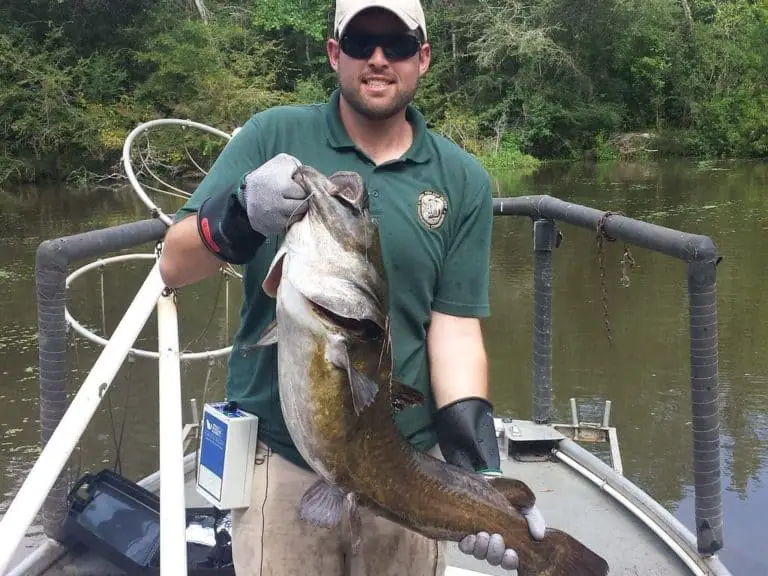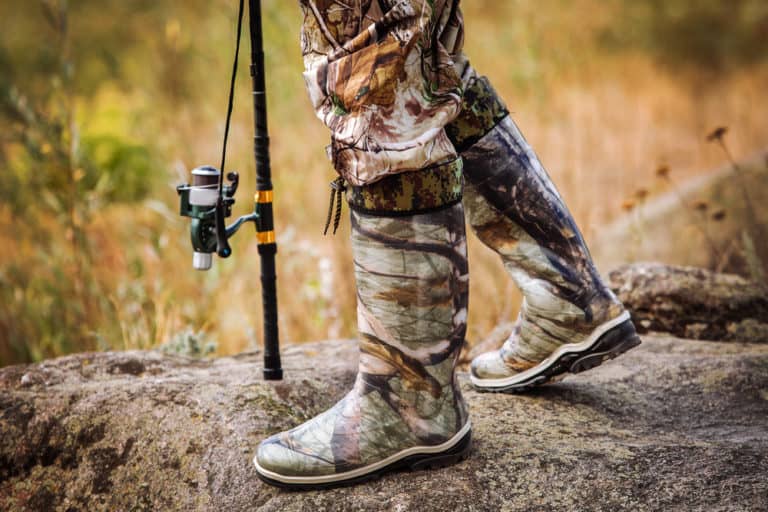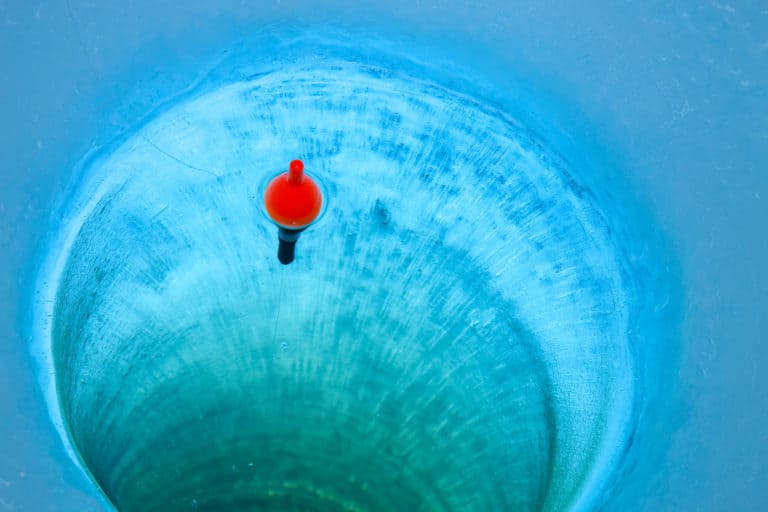Bass Fishing With Live Worms & Is It A Good Strategy?
Are you wondering if bass fishing with live worms is a good strategy for hooking bass? In today’s fishing blog post we are going to dive right into it and discuss the pros and cons of using live bait for fishing bass.
When most people start out fishing they begin with a simple rod and reel combination with a worm placed on the end of their hook.
Why? Well, worms catch fish… there isn’t a more popular bait choice for fishing on the planet than the traditional worm. People have been doing it for centuries.
However, how effective is the old worm when going after specifically bass fish? Bass fishing with nightcrawlers, red wigglers and earthworms will catch pretty much everything from small sunfish, catfish, perch, walleye, bluegill, bass, and more.
If you are not bothered about the type of fish you are catching and just hope to get anything in the water then worms are a fantastic choice to go for – they appeal to most fish.
But if you are specifically going after bass (whilst you might catch some big bass on worms), you might be wasting a lot of time reeling and releasing many other species of fish.
This is an important point if you are in a fishing competition targeting the only bass.
It was even discovered in an experiment carried out by the Berkley Fish Reserve that Bass is over 10 times more likely to go for a hook with worms on them!
Real worms have a strong scent, better appearance, and wiggly in the water – this is why they tend to beat any plastic alternatives around.
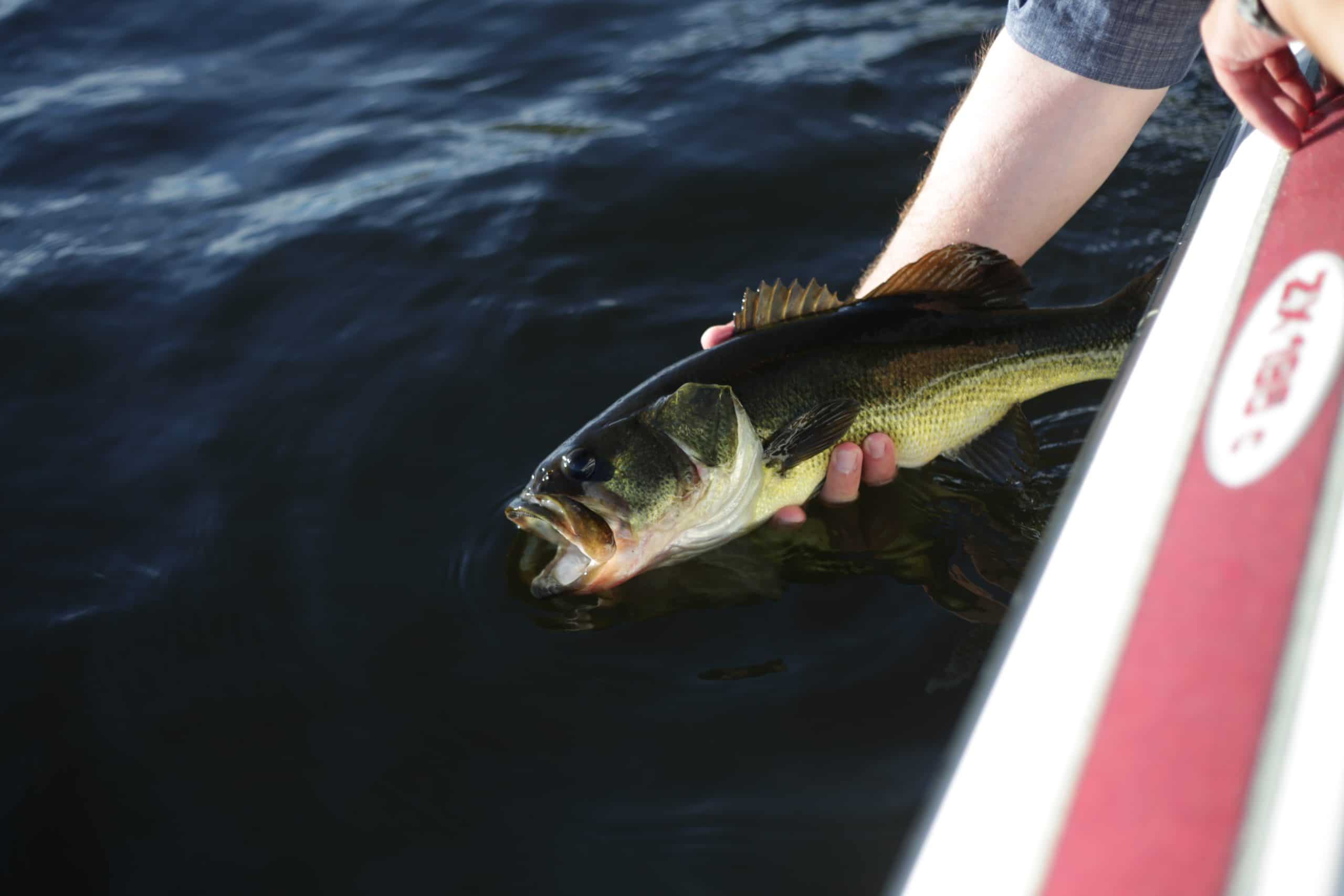
So the simple answer to the question is… yes you can fish for bass with live worms, you’ll likely catch other fish at the same time. So let’s go over how you can maximize your chances of catching bass with live worms.
Your Guide To Bass Fishing With Live Worms
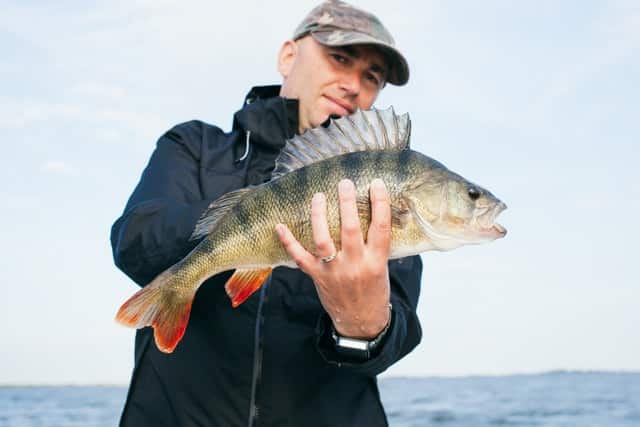
What type of worm should you use for Bass?
Night Crawlers:
As the name suggests, nightcrawlers are a type of worm that only appear at night – especially after heavy rain or if the conditions are dewy. This is because these worms are highly sensitive to light and burrow deeply during the day.
One of the best things about nightcrawlers is that bass absolutely loves feeding on them… If you are going after the larger species of bass such as largemouth bass, then nightcrawlers are a great choice.
Their size, shape, and scent make them perfect for going after the larger species of bass.
Meal Worms:
Often confused for being an actual worm – mainly because of their name. Mealworms are actually larvae. However, their scent, appearance, and the way they wiggle are similar to that of a worm. Fortunately for us, the bass doesn’t know the difference.
For catching smaller species of bass they are a great choice but know that you’ll likely catch lots of other smaller species of fish as well.
Red Worms:
Red worms are similar to nightcrawlers in that they are large, smell a lot and are extremely wriggly. This has given them the name of red wigglers to many anglers in the community.
Another great thing about red worms is that they can usually stay alive a little longer than nightcrawlers although this is largely dependant on how you store the worms.
I would use red worms for medium to large size bass, they typically don’t grow as large as nightcrawlers, but if they are all you can get your hands on then they are a great choice of live bait for fishing bass.
Best Fake Worm Alternative:
How to hook a live worm for bass
How you hook your worm can have a big effect on how many fish and the size of the fish you catch in the water. We are going to go over the different methods of hooking your fish for bass to ensure you have a higher likely hood of catching the bass you want.
Using smaller worm fragments/sections: If you are specifically fishing for smaller species of bass and you only have access to larger worms such as nightcrawlers then it may be more effective to cut the worms up into smaller fragments and placing them on the hook. They will still wiggle like a full worm for quite some time and will be great for smaller fish. Remember fish only tend to eat what fits in their mouth!
Folding up large worms on the hook: Nightcrawlers and red worms can be larger in size, if you don’t want to cut them up and bait them in segments, then an effective baiting method can be to fold the worm in half and hook them that way. Start by hooking through the head and then hooking another section of the body so it ‘folds up’ on the hook and so on.
Using several worms on one hook: If you can only manage to find smaller worms or you are wanting to only target really large bass (and don’t want to waste time catching smaller fish) then baiting several worms onto one hook can be a great option.
Placing a worm on the hook
Let’s go over some of the best ways to place a worm on a hook to maximize your chances of catching fish whilst bass fishing with live worms.
Step 1: Always clean your hands! When you are fishing with worms (live or synthetic) it’s really important to get rid of the unnatural scents that are present on your hands. Transferring these scents to the fish will turn away fish. I would wash your hands with an odor-neutralizing soap or rub some grass or dirt on your hands to hide the scent.
Step 2: Place the hook through one end of the worm and push it up the hook as if you were placing a sock on your foot. Exit the worm roughly 1cm into its body and leave a loop hanging.
Re-pierce the worm again and repeat until you have hooked the entire worm. It’s important to leave a good amount of the worm hanging in a loop so it can wiggle and attract fish.
Also piercing the worm many times will avoid the fish coming along and just snatching the worm without biting the hook.
Alternative method: If you don’t want to pierce the worm many times you can pierce at the worm’s end, wind it around the hook and then pierce the loose end. The only issue with this method is that there is not much ‘loose’ or ‘dangling’ worm to wiggle and attract fish.
As mentioned in the above section you can go ahead and use several worms, cut them up or fold the worm up on the hook. Ultimately the way you hook the worm doesn’t change, just make sure the worm is secure and the point of the hook is showing (if this is covered up you won’t hook the fish’s mouth).
Where to go bass fishing with live worms
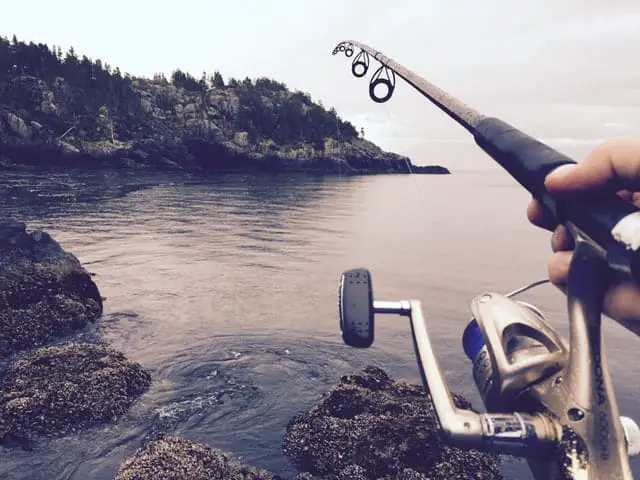
Whilst worms are effective in every water you’re likely to be fishing in whether that be small ponds, big lakes, or rivers. There are a few points worth mentioning to increase your chances of success.
If you are fishing in a river or stream with flowing water then always position yourself upstream. The flow of the water will wiggle the worm and make it more enticing to bass for a bite.
Since it is more likely that you will be fishing for bass in a lake, you can always troll the worms slowly through the water manually.
Again this will move the bait and make it more attractive to the fish. However, if you have kept your bait fresh, alive and have hooked it properly then it should wiggle on its own and a simple setup with the line stationary should still hook you considerable amounts of bass.
Wrapping it up
So as you can see there is always more to fishing than simply hooking a random worm and throwing it in the water. We really hope that these tips are useful to you and help you land some more fish, especially when bass fishing with live worms
To summarise the article – bass fishing with live worms is effective and will work. Whilst you will catch other fish, it can still be a great way to land some big bass. Especially if you utilize some of our tips and bait your hook correctly.
Fishing requires a degree of experimentation, what caught bass one day might not work every time for you.
Try new things out, cut the worms up, bunch several onto the same hook and try casting in different areas of the water – you never know for sure how it will end up, but over time you will hone your technique and gain some great experience.
Other Related Fishing Posts:

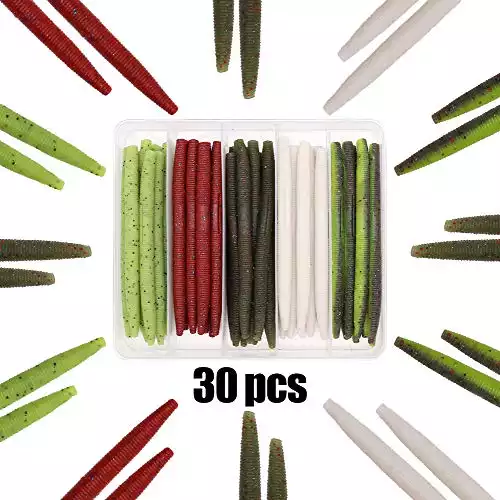
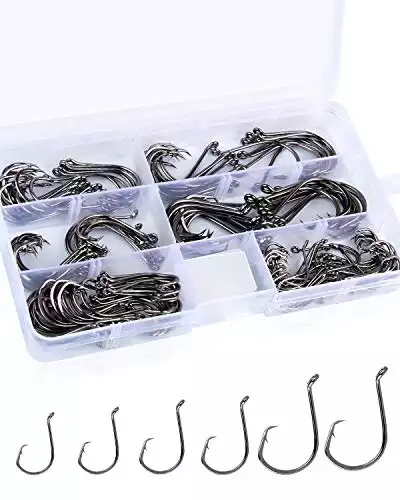
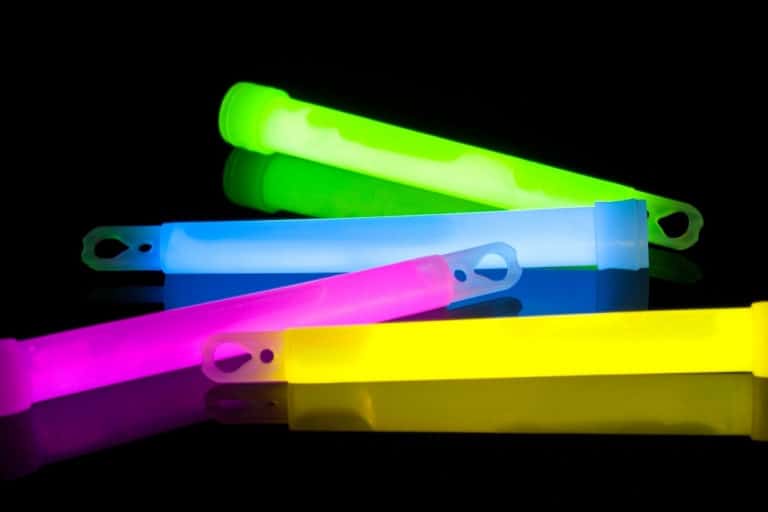
![Best Surf Fishing Rods: Top 5 Rods [Reviews & Buyers Guide]](https://watersportingadventure.com/wp-content/uploads/2020/10/1825297_bc6bfebf-e1601744206236.jpg)
